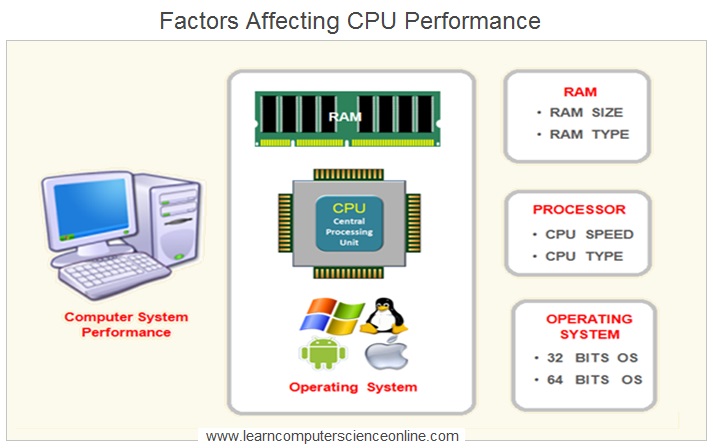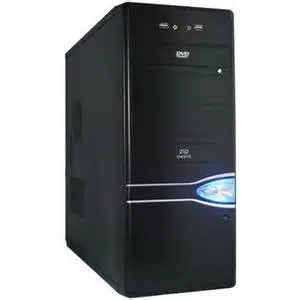
Over the history of computer processors, the speed ( clock speed) and capabilities of the processor have dramatically improved. CU (control unit) - directs all the processors operations.ALU (arithmetic logic unit) - performs mathematical, logical, and decision operations.In the CPU, there are two primary components. The first processor released by Intel was the 4004 processor, shown in the picture. The CPU was first invented and developed at Intel with the help of Ted Hoff and others in the early 1970s. The CPU then either outputs information to your monitor or performs the peripheral's requested task. The CPU's main function is to take input from a peripheral (keyboard, mouse, printer, etc) or computer program, and interpret what it needs.

Each socket only supports specific types of processors and each has its own pin layout. Also, over the years, there were several types of sockets on motherboards. They were much larger and slid into a slot on the motherboard.

However, Intel and AMD have also experimented with slot processors. Today, most CPU's resemble the picture shown above.

On the bottom of the chip are hundreds of connector pins that correspond to the socket holes. To help transfer the heat between the CPU and the heat sinkĪs seen in the picture above, the CPU chip is usually square with one notched corner to help make sure it's properly inserted into the CPU socket. Processors produce heat, so they are covered with a heat sink to keep them cool and running smoothly. The processor is placed and secured into a compatible CPU socket found on the motherboard. The picture below is an example of what the bottom and top of an AMD RYZEN processor may look.


 0 kommentar(er)
0 kommentar(er)
